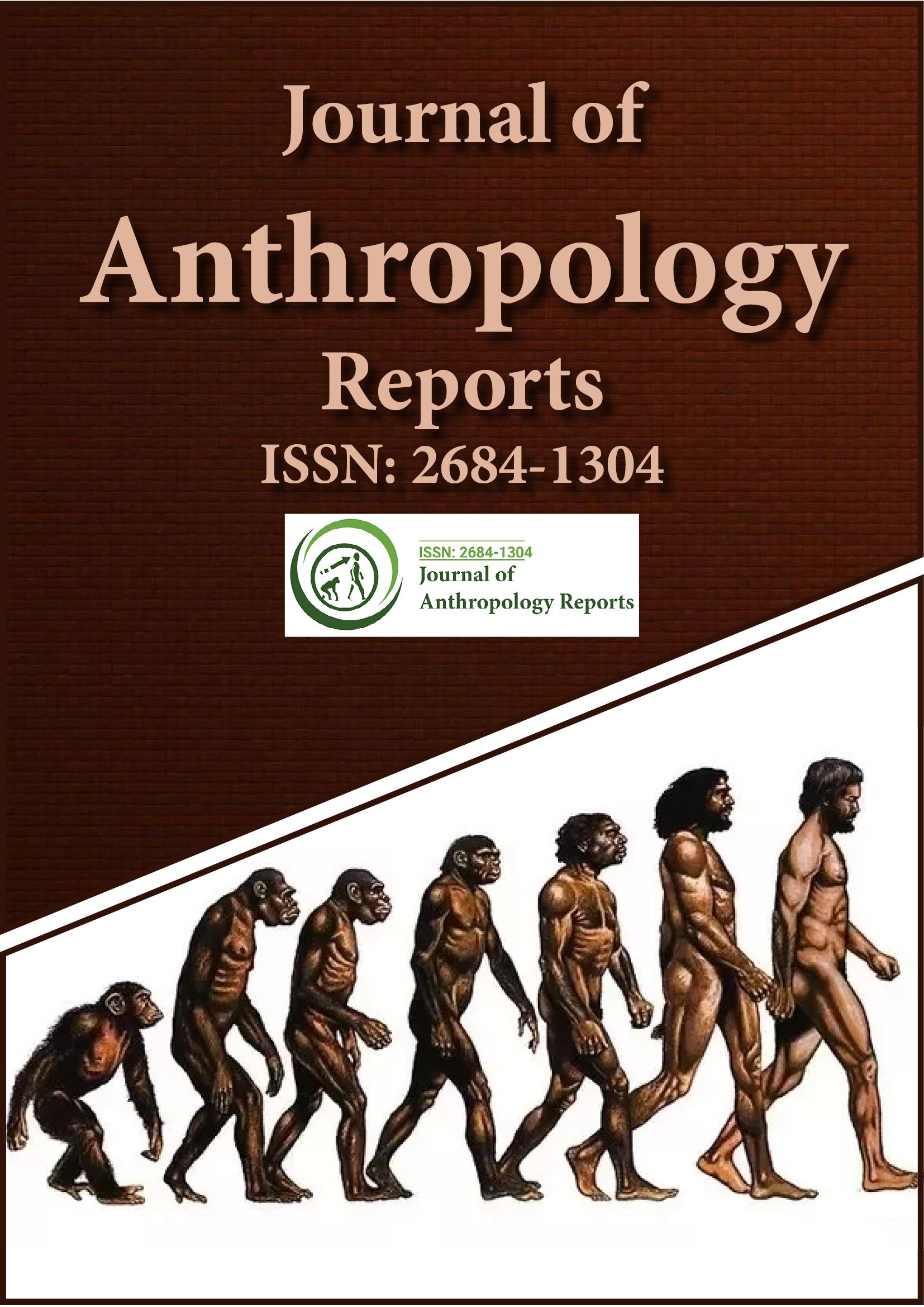indexado en
- Búsqueda de referencia
- Universidad Hamdard
- EBSCO AZ
Enlaces útiles
Comparte esta página
Folleto de diario

Revistas de acceso abierto
- Administración de Empresas
- Agricultura y Acuicultura
- Alimentación y Nutrición
- Bioinformática y Biología de Sistemas
- Bioquímica
- Ciencia de los Materiales
- Ciencia general
- Ciencias Ambientales
- Ciencias Clínicas
- Ciencias farmacéuticas
- Ciencias Médicas
- Ciencias Veterinarias
- Enfermería y Cuidado de la Salud
- Genética y Biología Molecular
- Ingeniería
- Inmunología y Microbiología
- Neurociencia y Psicología
- Química
Abstracto
Determining the Experience of a Swordsman and Sharpening Methods Based on Bone Cut Marks: A Pilot Study
Cardle PM
The study sought to identify and compare characteristics of cut marks produced by an experienced swordsman wielding a traditionally made and polished katana (using a slicing action) with those produced by an inexperienced swordsman (using a hacking action) on three bone types (rib, flat, long) as well as to identify and compare striations in kerf walls produced by the different sharpening methods. Two different pig carcasses were struck (one carcass for each weapon type) and the resulting cut marks (experienced swordsman n=27; inexperienced n=32) were assessed and compared. The presence or absence of each of seven morphological characteristics were identified for each cut and recorded. A Scanning Electron Microscopic (SEM) analysis was undertaken on all kerf walls using Mikrosil negative casts. The morphological characteristics of striations were compared clinically and statistically between the two weapon types.
Micro curvature was more often present in cuts produced by an inexperienced swordsman compared to an experienced swordsman for the rib bones (70% and 27% respectively, p=0.09). For flat bones, although not statistically significant, flaking and feathering were identified only in cuts made by an inexperienced swordsman. For long bones, unilateral flaking was present in 50% of cuts produced by an inexperienced swordsman compared with only 10% of cuts made by an experienced swordsman (p=0.02) while scoop defect was present in 25% of cuts made by an inexperienced swordsman and absent in all cuts of experienced swordsman (p=0.22). Striations produced by the traditionally polished (sharpened) katana exhibited a smooth parallel step like pattern with a second smaller striation pattern on the top located along the step edge. Those produced by the display katana (factory machine sharpened) exhibited rough and mainly parallel striations with sharp edges.
The combination of morphology of katana cut marks, whether the cut marks were produced by a slicing or hacking action (experienced or inexperienced swordsman) or the weapon sharpening method (traditional or factory) will be of value to researchers in forensics and those investigating contemporary crime and war crimes.